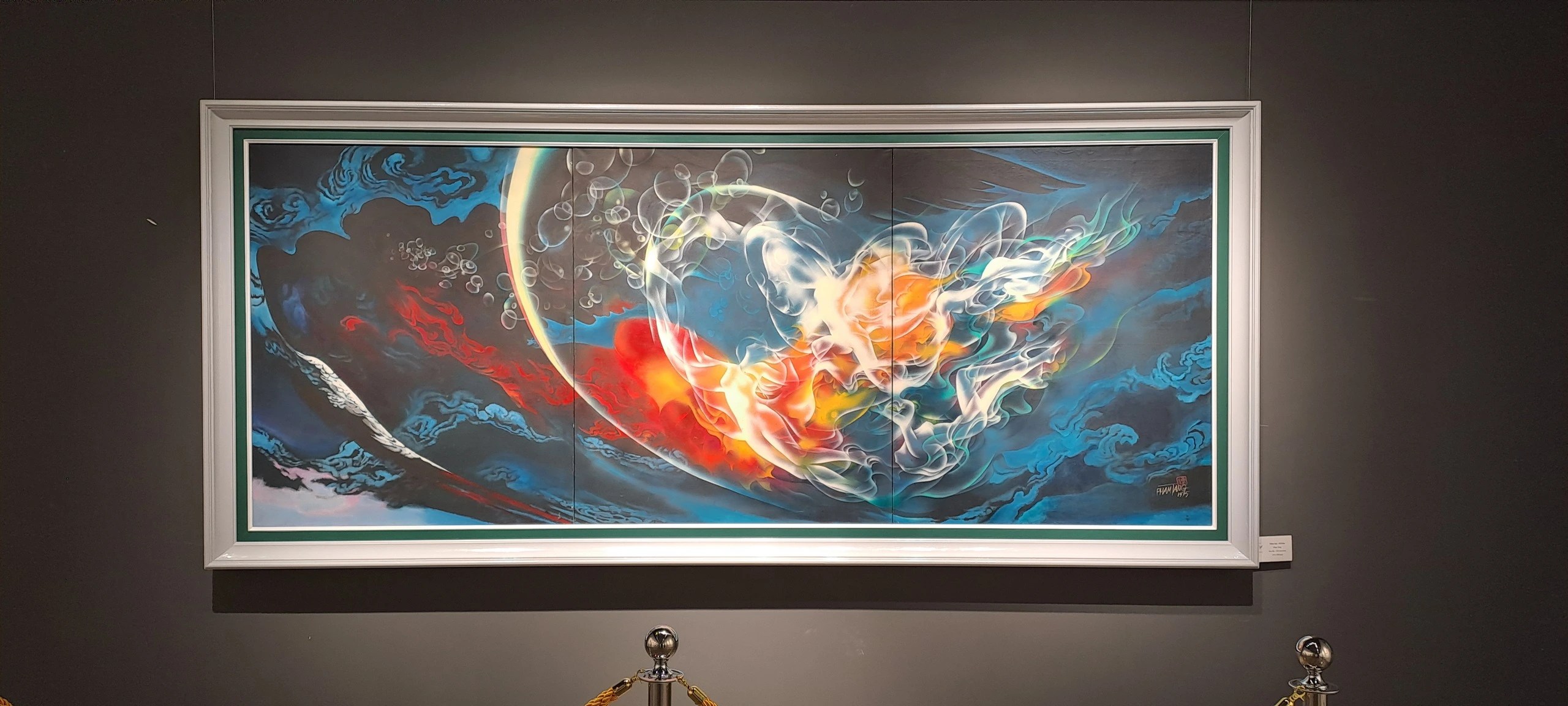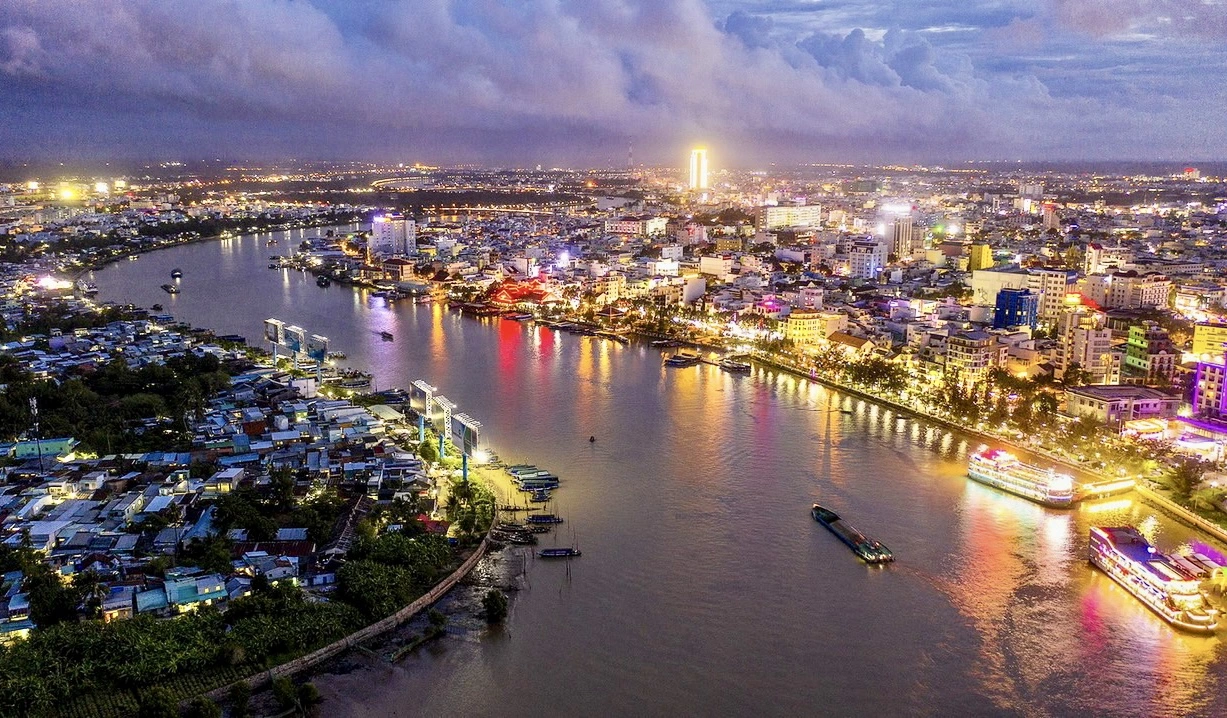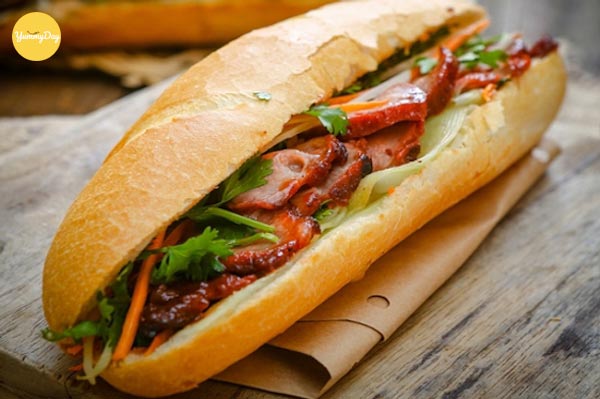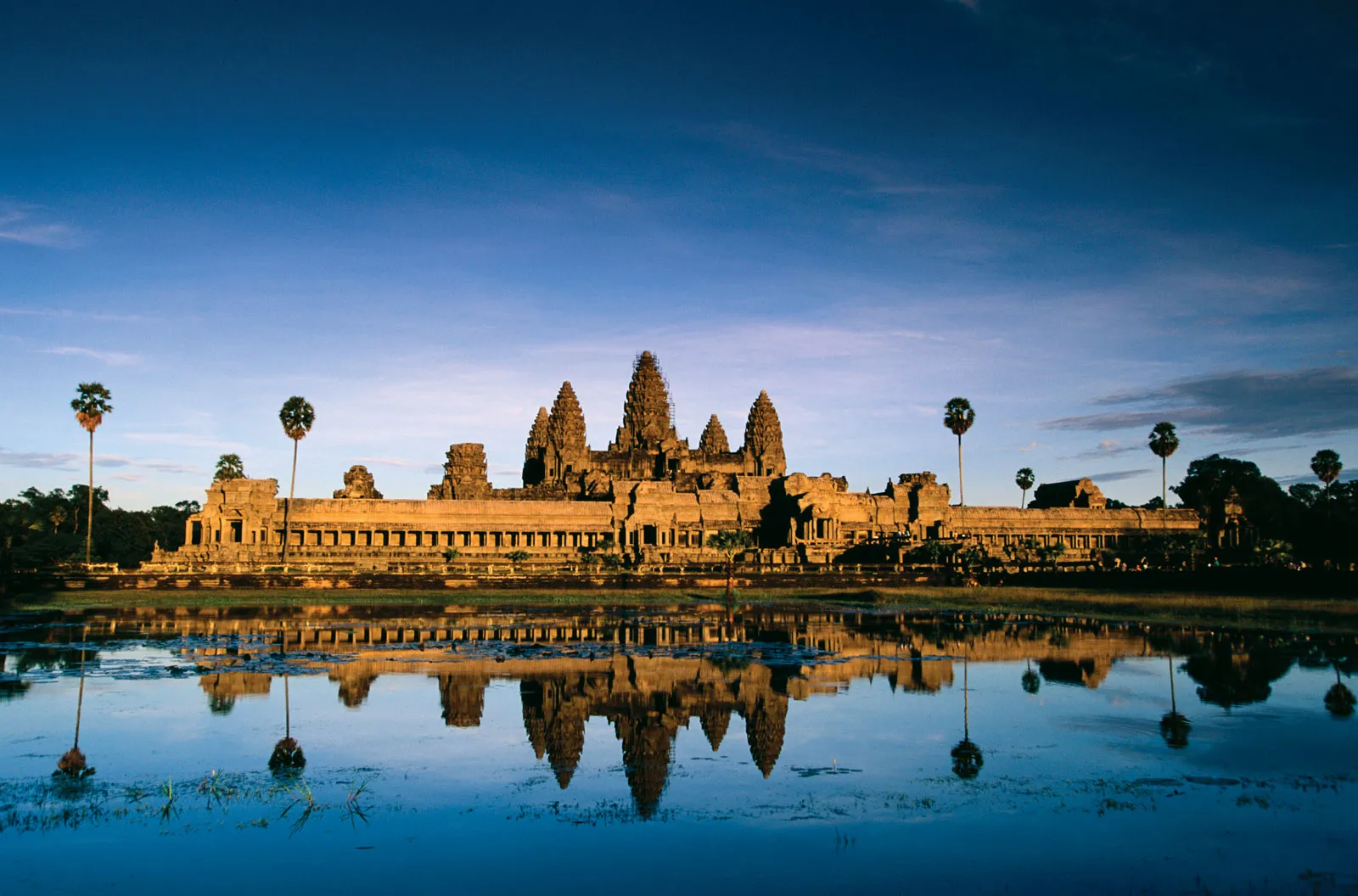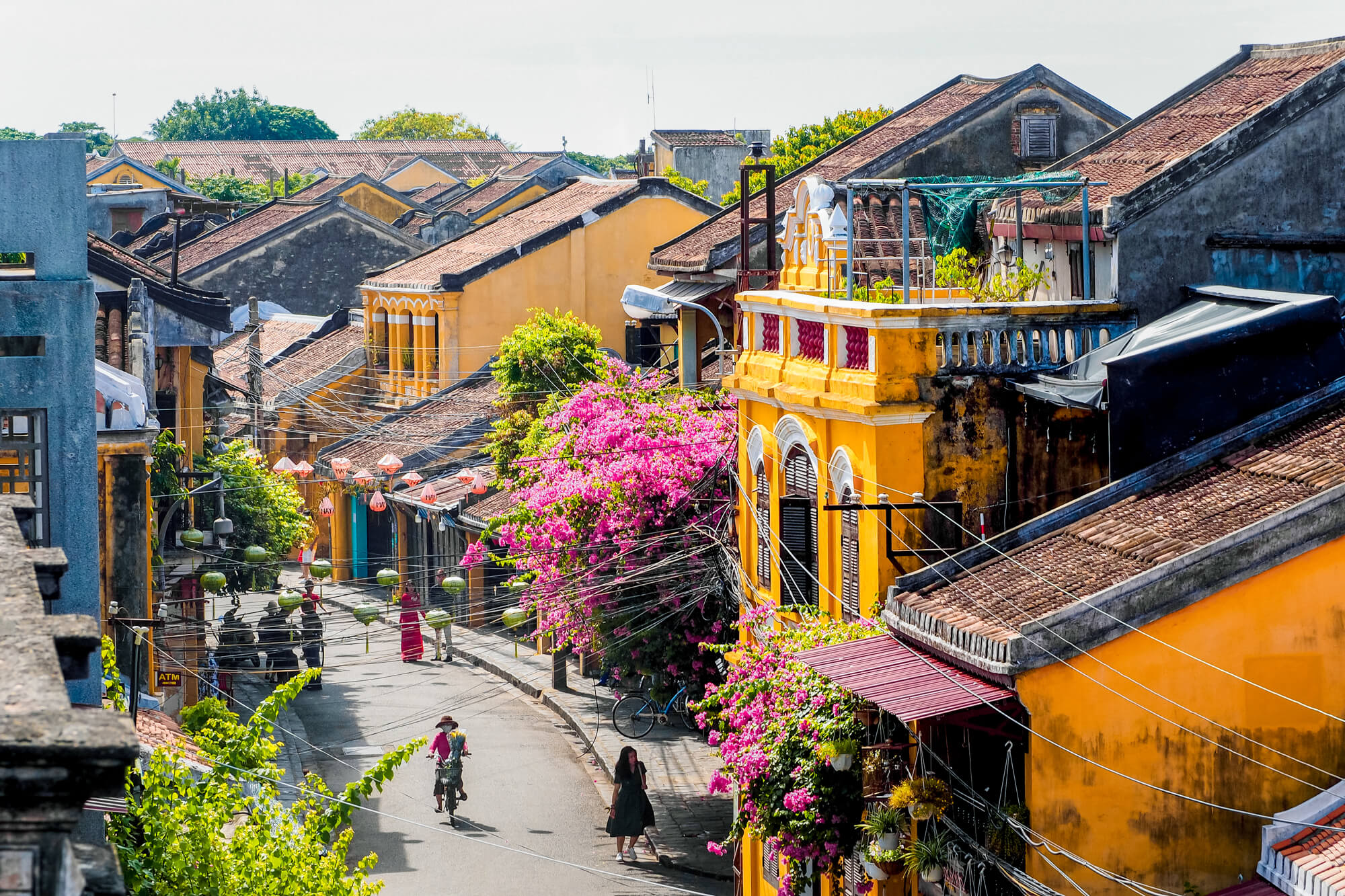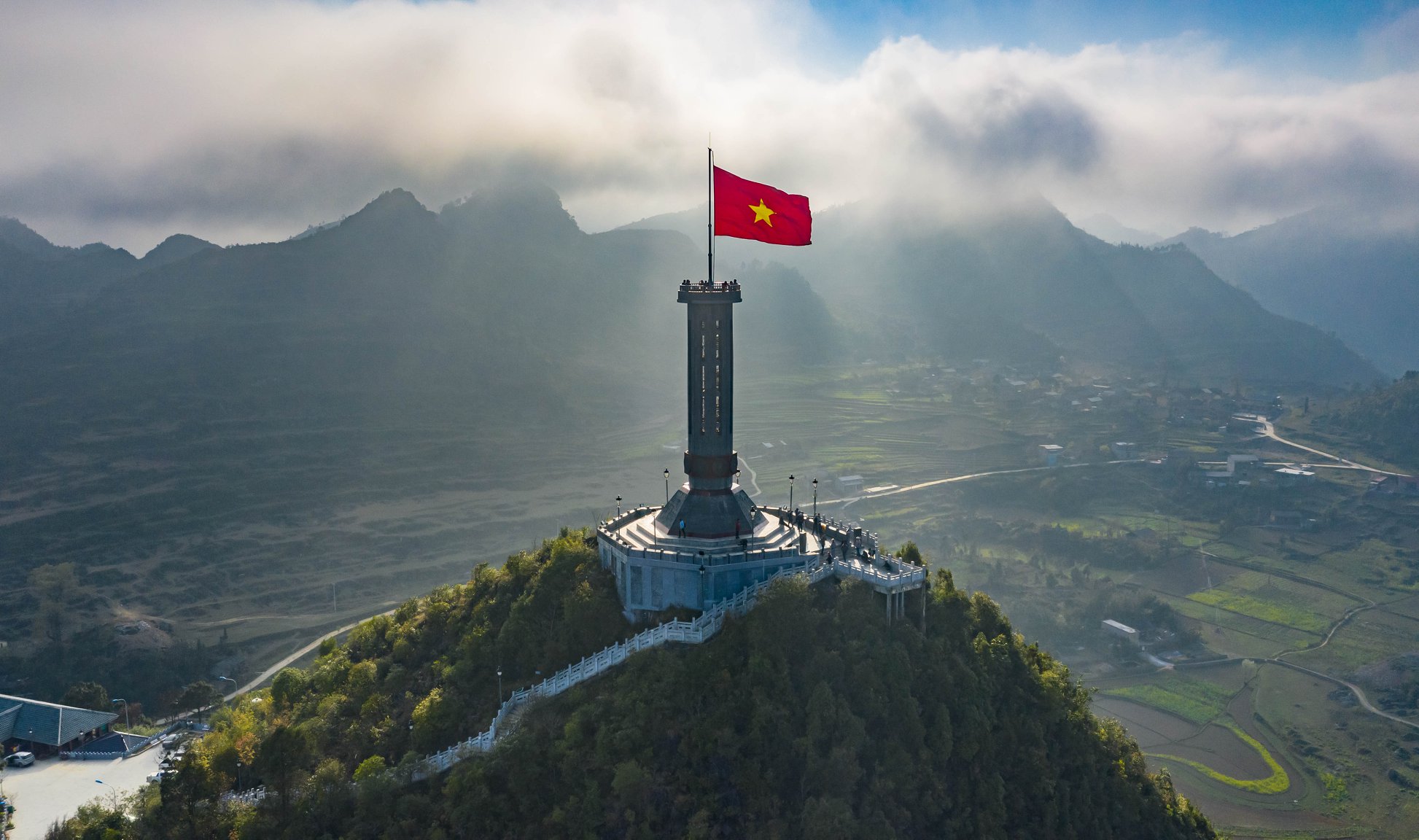Mong’s People Round Sticky Rice Cake – A Spiritual Gift From The Mountains
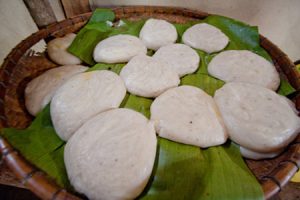
Vietnam is a land of rich cultural diversity, with more than 54 ethnic groups, each contributing its traditions, customs, and unique dishes. One of the most fascinating ethnic groups in Vietnam is the Mông people, known for their vibrant clothing, traditional music, and exceptional culinary creations. Among their many cultural treasures, the round sticky rice cake holds a special place in the Mông people’s history and traditions. This blog will take you on a journey to discover this unique delicacy’s significance, preparation, and cultural value.
The Cultural Significance of the Round Sticky Rice Cake
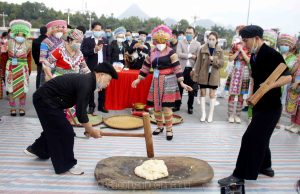
The round sticky rice cake, known as bánh dày among the Mông people, is more than just a culinary delight—it symbolizes unity, celebration, and reverence for their ancestors. For the Mông people, the round shape of the cake represents the sky, an important symbol in their spiritual beliefs. According to Mông legend, the sky and the earth are connected, and the round shape reflects the completeness of the universe.
Bánh dày plays a central role in traditional festivals, weddings, and significant celebrations like Tết Nguyên Đán (Lunar New Year). It is often used in ancestral offerings to show respect and gratitude. The cake is also shared among family members and the community, symbolizing togetherness and the bonds that connect them.
Ingredients and Preparation
The simplicity of bánh dày’s ingredients contrasts with the effort and skill required to make it. The cake is made from glutinous rice, known for its sticky texture, which is steamed and then pounded until it forms a smooth, elastic dough. No complex fillings or excessive seasonings are used, highlighting the importance of natural, unaltered flavors in Mông cuisine.
Here’s a breakdown of the key steps involved in making bánh dày:
1. Choosing the Rice
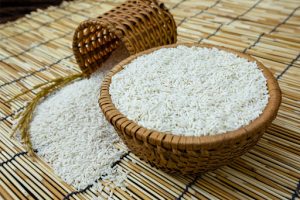
The type of glutinous rice chosen for making bánh dày is critical. The Mông people often grow their rice in terraced fields in the mountains, where the rice is known for its purity and fragrance. After harvesting, the rice is carefully washed and soaked overnight to ensure it softens for the steaming process.
2. Steaming the Rice
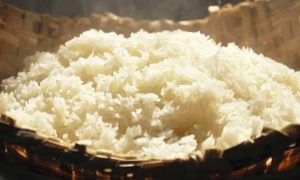
Once the rice is ready, it is placed in a traditional bamboo steamer and cooked over an open fire. The steaming process is crucial to ensure the rice reaches the right level of stickiness but remains tender. It is important to constantly monitor the fire and the steam, as overcooking or undercooking the rice can affect the texture of the final cake.
3. Pounding the Rice
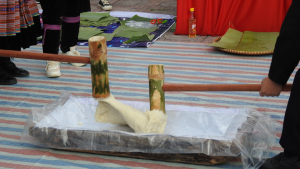
After steaming, the rice is transferred to a large mortar, where it is pounded using wooden pestles. This step is both labor-intensive and communal—often, family members take turns pounding the rice in rhythm, transforming it from individual grains into a smooth, cohesive dough. The pounding process can take up to an hour, depending on the size of the batch.
The rhythmic sound of rice being pounded is a familiar and comforting noise in Mông villages, especially during festival preparations. It’s more than just food preparation; it’s a cultural event that brings families and communities together.
4. Shaping the Cakes
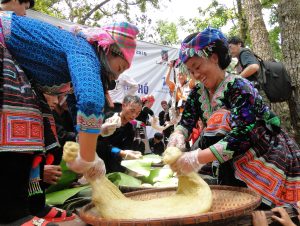
Once the rice has been thoroughly pounded and is pliable enough, it’s time to shape the cakes. Traditionally, bánh dày is shaped by hand into small, round discs. The size and thickness of the cake can vary depending on personal or regional preferences, but it’s typically about the size of a hand.
The cakes are usually left plain, with no fillings, but occasionally, the Mông people might add a small amount of mung bean paste or pork fat inside to add flavor. However, the focus remains on the texture of the glutinous rice itself.
Serving and Enjoying Bánh Dày
Bánh dày can be eaten plain or paired with savory accompaniments such as fried pork belly or grilled sausages, which contrast beautifully with the soft, chewy texture of the cake. Sometimes, the cakes are lightly fried in oil to create a crispy exterior, adding another layer of texture to the dish.
During festivals, the Mông people gather to share bánh dày, often pairing it with thịt gác bếp, a type of smoked or sun-dried meat that complements the mild flavor of the cake. The simplicity of the sticky rice cake allows it to pair well with many side dishes, from savory to sweet.
Symbolism in Daily Life and Festivals
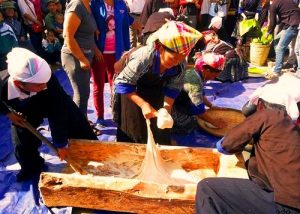
For the Mông people, bánh dày represents not only a deep cultural connection but also the essence of harmony between human life and the universe. The cake is often offered during spiritual ceremonies, especially during Lunar New Year when Mông families prepare large quantities to honor their ancestors and celebrate new beginnings.
In addition, bánh dày is a symbol of prosperity and a prayer for good fortune. When shared among family members, it signifies unity and the hope for a bountiful harvest in the coming year. During weddings, bánh dày is presented as a gift from the bride’s family to the groom’s family, symbolizing the unbroken circle of love and the merging of two families.
In the Mông people’s worldview, the sky is round, and the earth is square. Thus, the round sticky rice cake complements the square sticky rice cake (bánh chưng), which represents the earth, and together they form a balanced pair during special celebrations.
Preservation of Tradition
As modernity spreads to even the most remote parts of Vietnam, many traditional practices are at risk of being forgotten. However, the Mông people have worked hard to preserve their cultural identity, and bánh dày remains a beloved part of that heritage. Festivals and community gatherings are still occasions where young people learn the art of making the cake from elders, ensuring that this tradition will not disappear.
In recent years, tourism has also played a role in bringing attention to ethnic cuisine like bánh dày. Visitors to northern Vietnam, particularly in regions like Sapa and Ha Giang, can often find opportunities to observe or even participate in the making of this cake, gaining a deeper appreciation for the cultural significance behind each step.
Conclusion
The round sticky rice cake of the Mông people is much more than just a simple dish. It represents centuries of tradition, cultural identity, and community spirit. From the laborious process of pounding the rice to the symbolism of the cake itself, bánh dày is a beautiful example of how food can be deeply intertwined with history and heritage.
For travelers visiting northern Vietnam, especially the mountainous regions inhabited by the Mông people, experiencing bánh dày firsthand is a must. Whether you’re part of a village celebration or just enjoying the cake as a snack, you’ll not only taste a delicious piece of Vietnamese culinary tradition but also feel a deeper connection to the rich culture that has shaped it.
So, the next time you travel to Vietnam, don’t just stop at the familiar. Seek out the Mông people’s round sticky rice cake, and take a moment to appreciate its simplicity, history, and the sense of unity it represents.
Contact TripAsean Tours Vietnam today to book a tour in Vietnam:
- Hotline: +84 961518918
- Website: www.tripasean.com
- Email: info@tripasean.com



